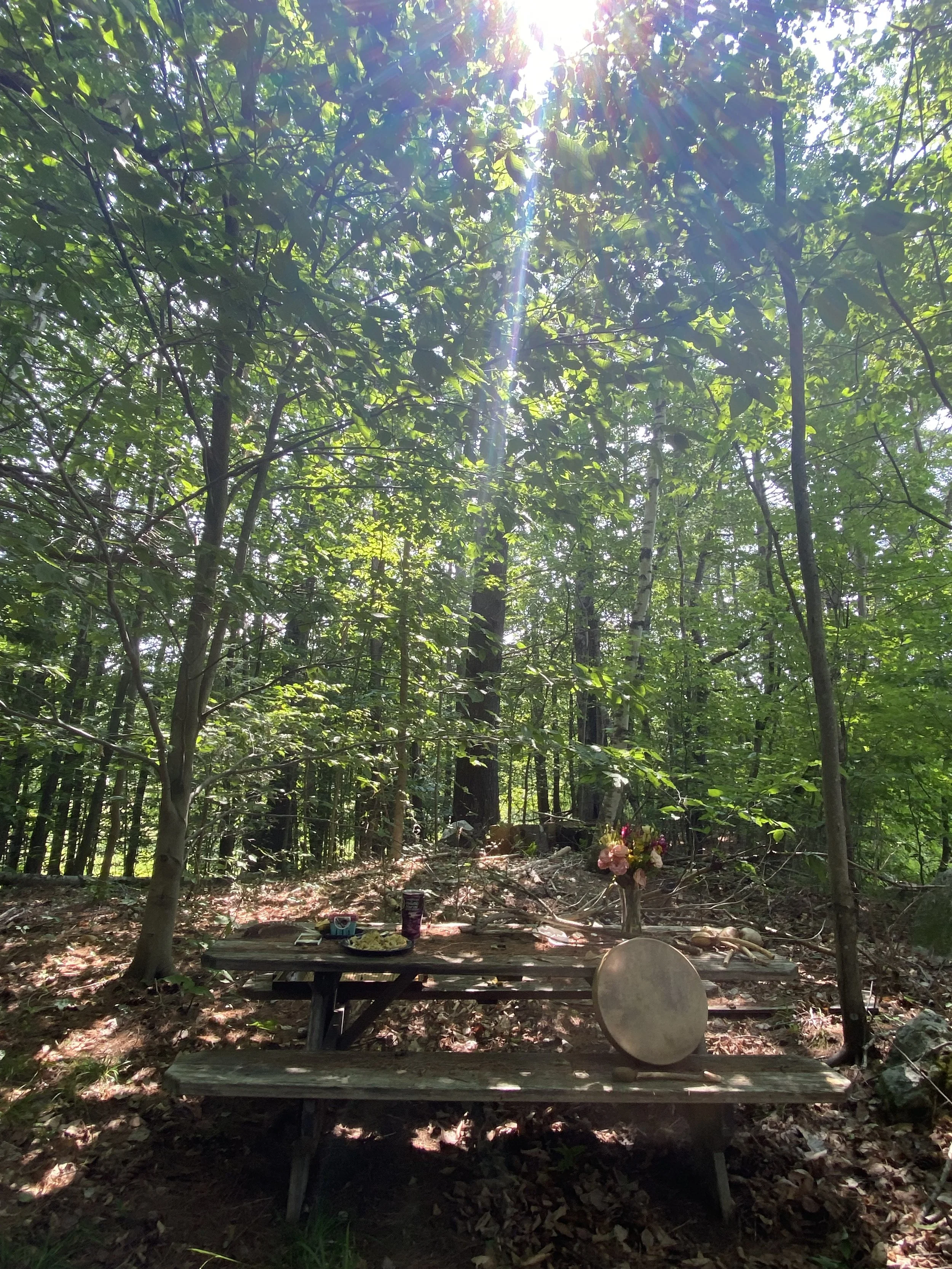The Art of the Pivot
Birthday plans: solo kayak to an island, camp under the stars.
Reality: thunder, lightning, smoke, and mud.
The trip had been planned for months. Gear stacked and ready, the kayak waiting. Moving with the current and sleeping waterside was meant to be the celebration itself.
The pivot became staying home. A deep breath, then another, and the choice to let it be enough. Drumming in the backyard, dancing barefoot, curling up with the cats.
The disappointment was real, and so was the loss. Yet in its place came a different kind of joy.
It was a minor loss in the scope of the world, yet even these small disruptions matter. They give the nervous system a chance to practice letting go, to notice what is steady, and to find joy in another form.
At work, the pivots come fast. A patient crisis, a staff shortage, more orders added. Patients feel it, staff feel it, families feel it. Everyone is touched as the energy shifts. The rhythm is relentless, like a dance that never ends: a quick change in plans, a step back to adjust, a turn to meet the next demand while trying not to lose footing.
What makes the dance hardest is not only the movement but the constant emotional recalibration it requires. Sometimes the pivot calls for celebration, a breakthrough, a breath of relief, a hand held in gratitude. Sometimes it asks for grief, a loss, a silence, a letting go. And sometimes both arrive in the same breath, the nurse moving from one room to the next, carrying joy and sorrow side by side.
The way through is the same: pause, breathe, and ground into what is steady before taking the next step forward. These moments build not only steadiness but meaning, the reminder that presence and care carry weight even when the day does not go to plan.
The way forward is found in the pivot, and the path becomes clear in the moment we turn.
Photograph 1: Dreams of kayak camping past, Connecticut River, VT
Photograph 2: Birthday brunch celebration in the backyard, Enfield, NH
Photograph 3: The path forward, Walpole, NH


